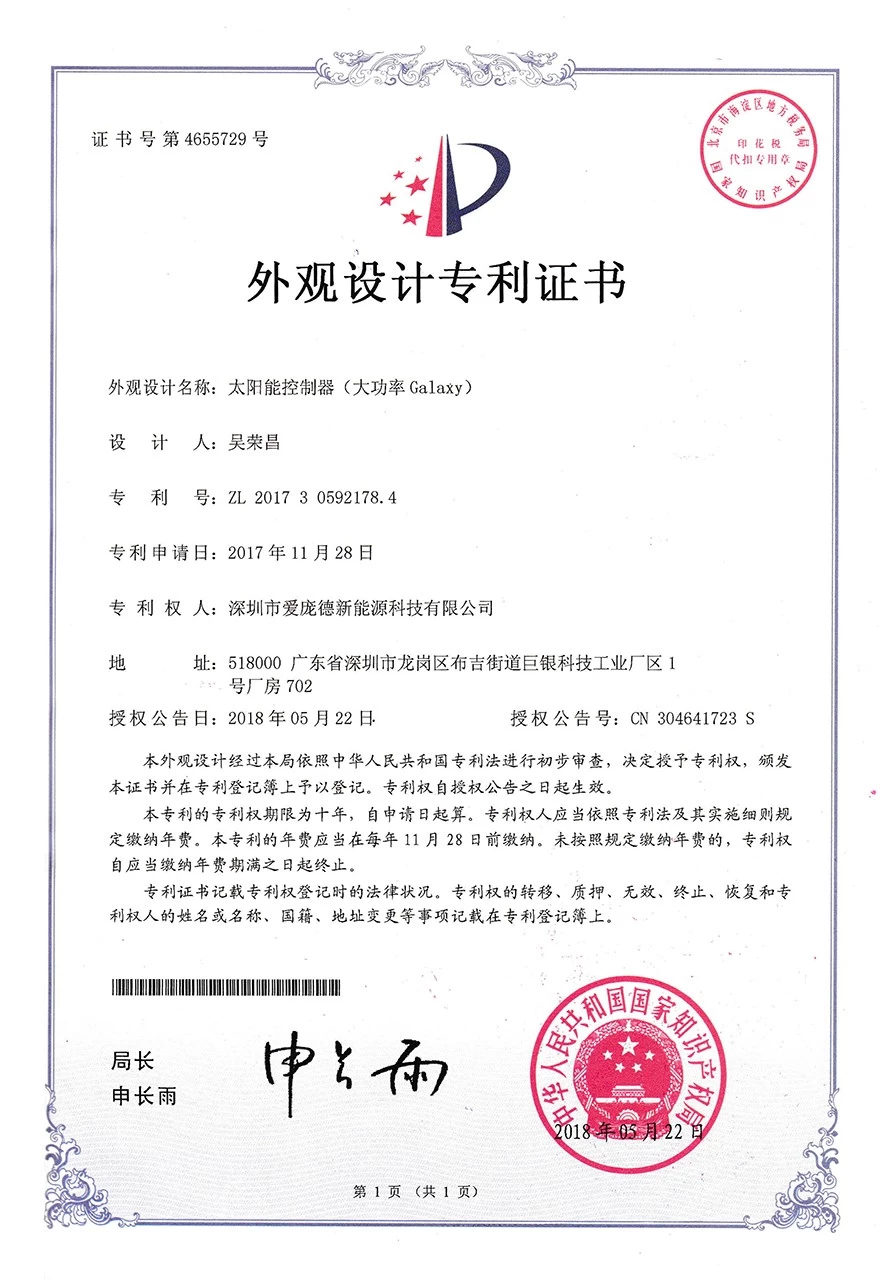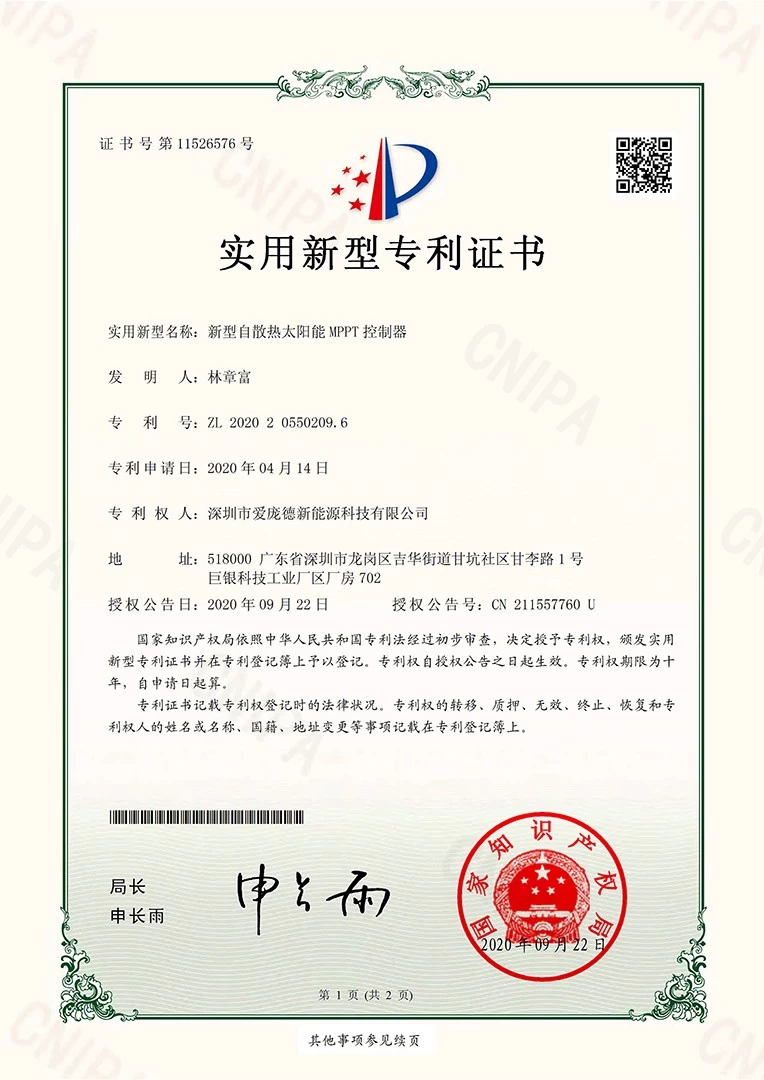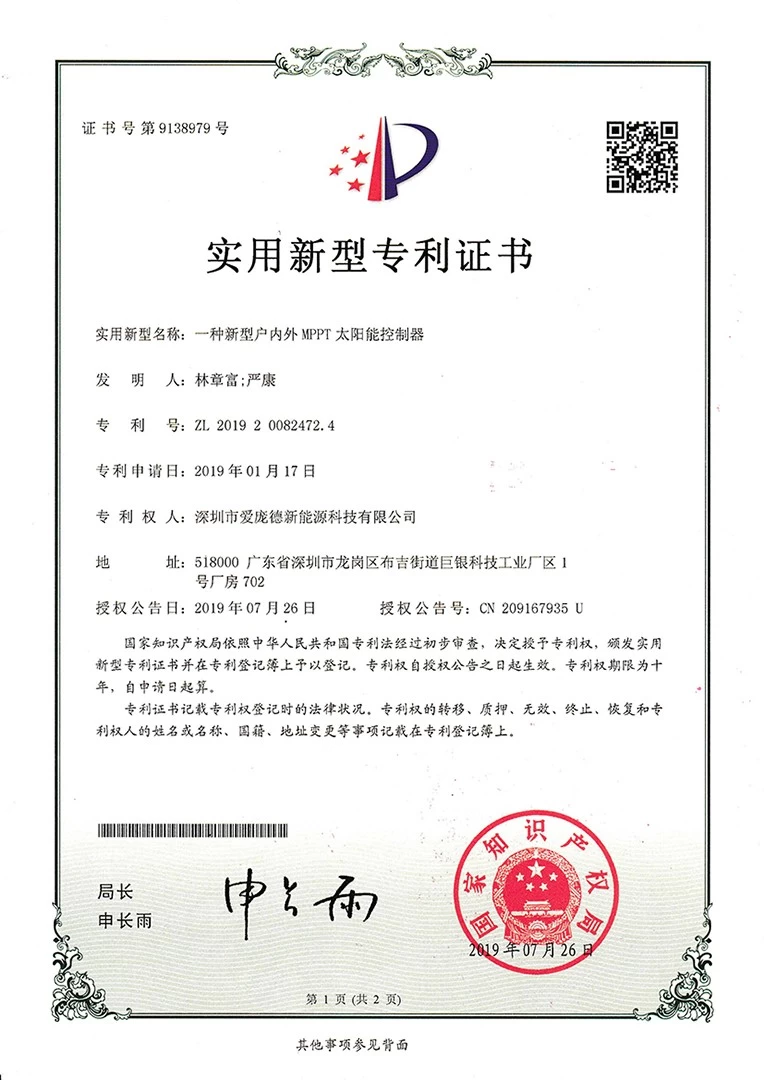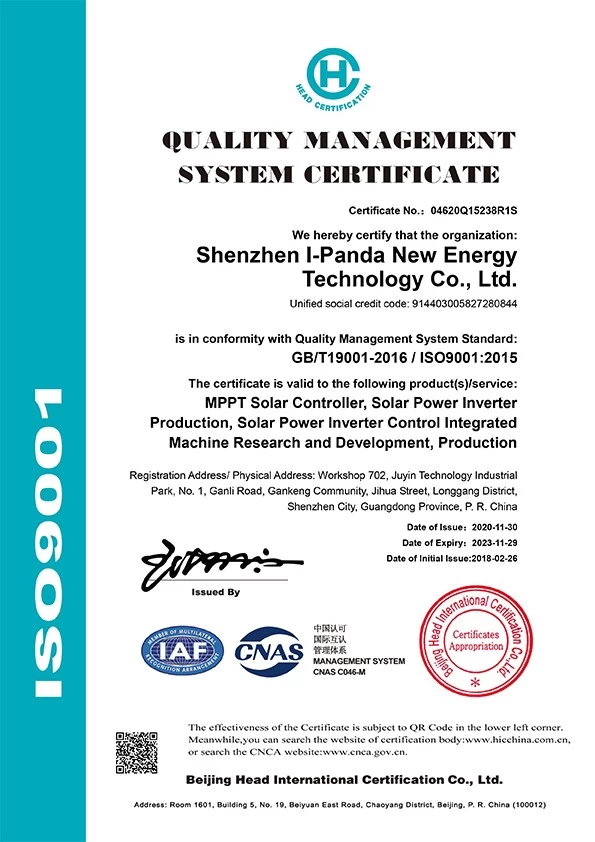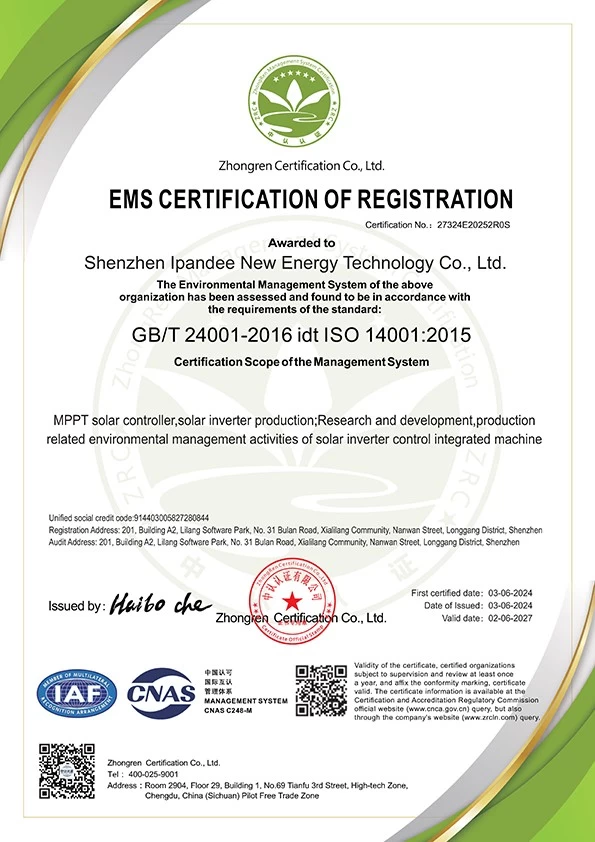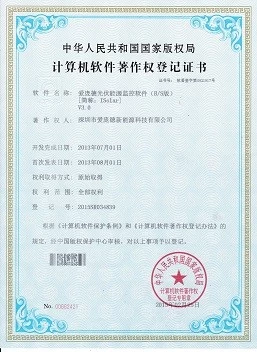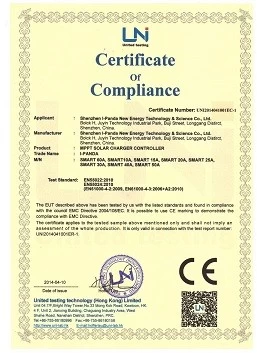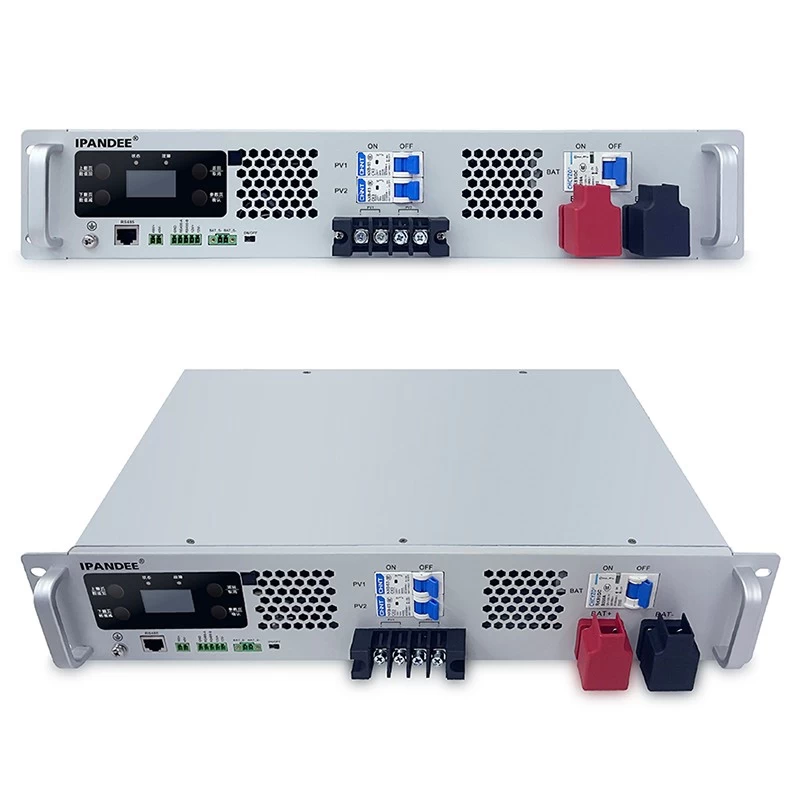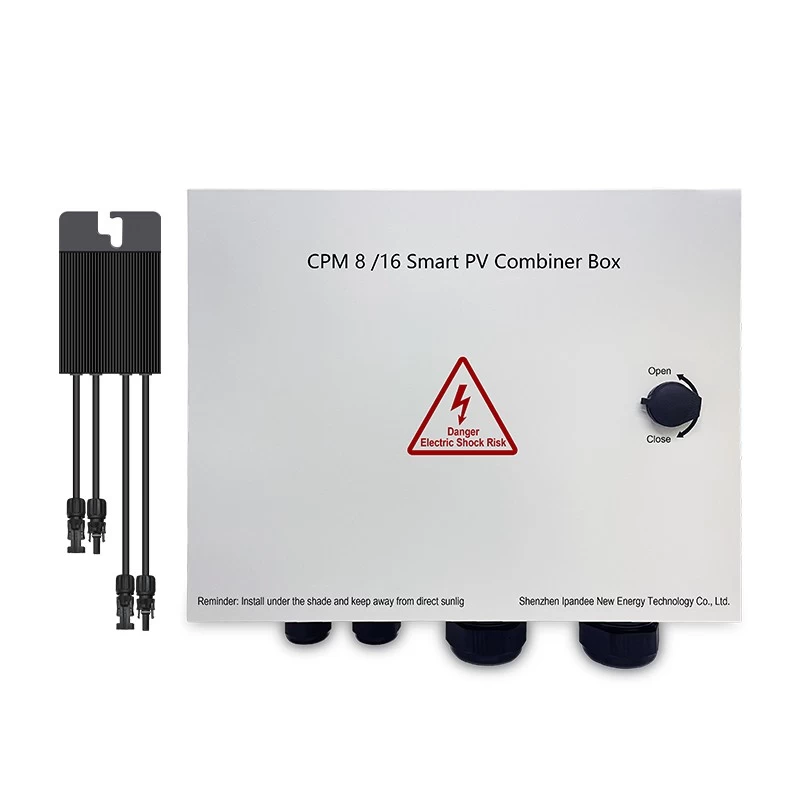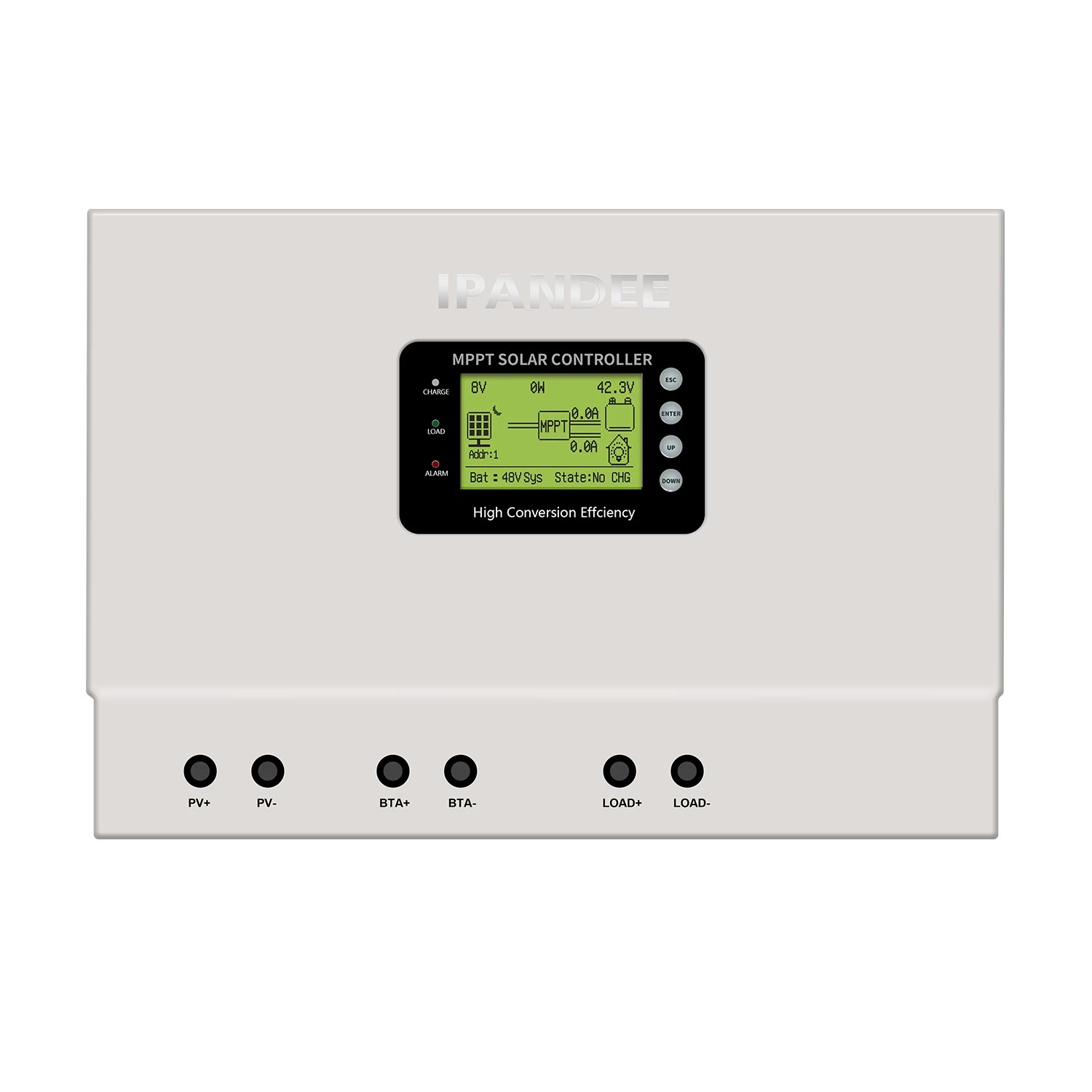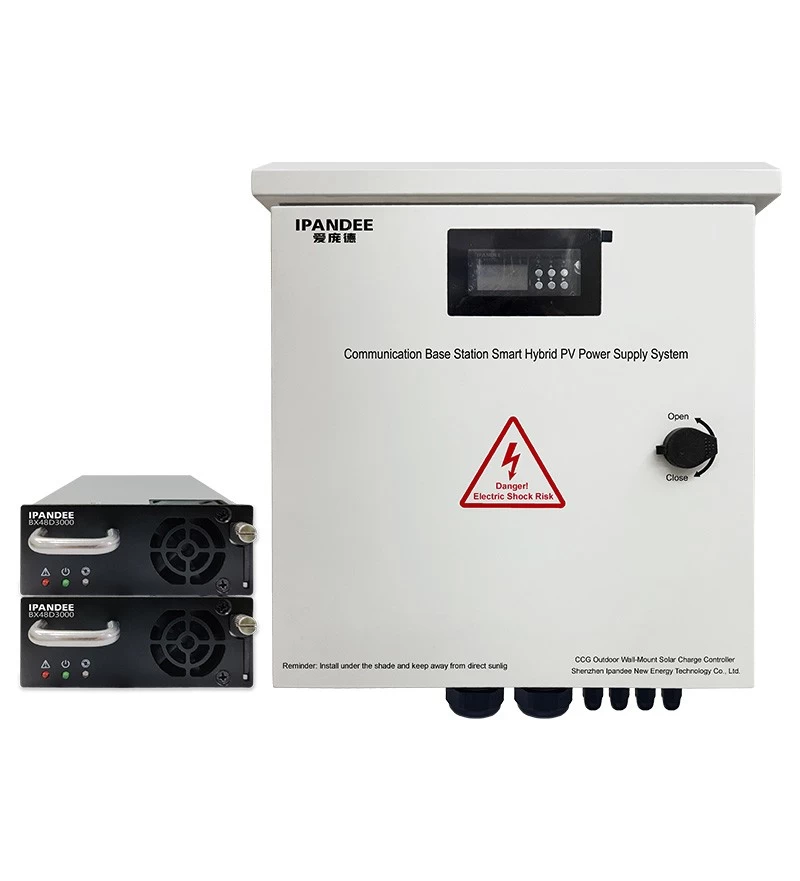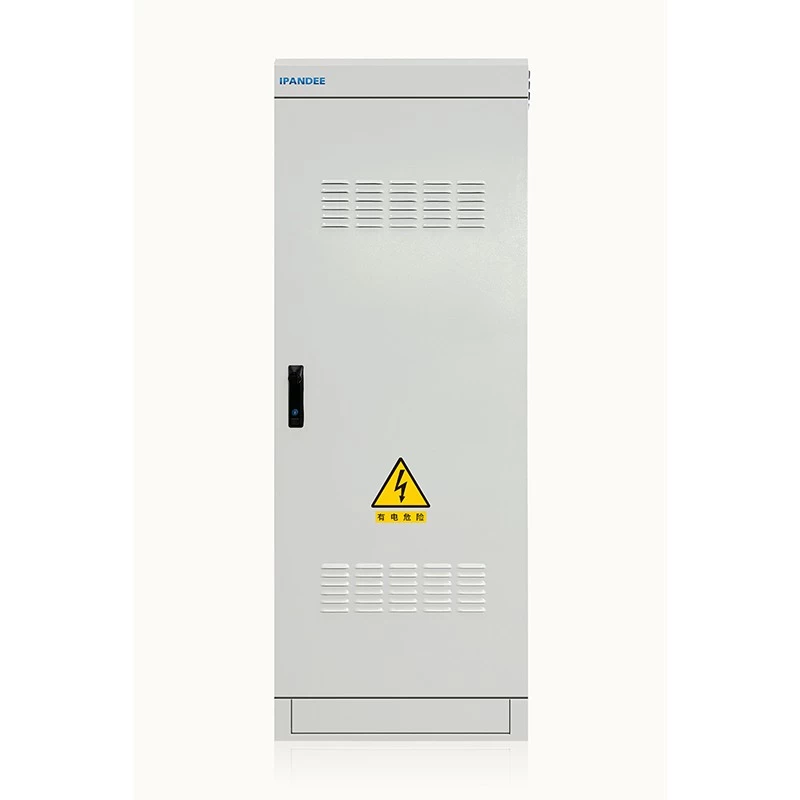Forecast of the top ten development trends of the global solar industry in 2019
According to the solar industry's top 20 forecast for the solar industry released by market analyst firm WoodMackenzie, the global installed capacity of solar energy is expected to reach 103.8 GW.
According to the report, despite the market uncertainty in 2018, there are positive signs in the global solar market in just a few weeks by 2019. It has been seen that China and Saudi Arabia have clear policies, Hawaii's highly active solar-plus storage pricing, and a bolder plan for the Indian PV market.
1) First, there will be an important installation milestone: "The global new solar installed capacity will eventually exceed 100GW in 2019, while WoodMackenzie's latest 2019 forecast will reach 103GW. The global market continues to diversify, the world's top 20 PV The market will account for 83% of new demand in 2023, with the fastest growth being concentrated in the Middle East and the Mediterranean (including Saudi Arabia, Iran, Egypt and Italy).
2) The cost of solar energy in megawatt hours is continuously decreasing. According to the report, “Under the optimal assumptions, the extremely low PV cost still drops to 14 USD/MWh. Recently, the average bid in Egypt, Jordan and UAE is less than USD 30/MWh, indicating 2019. More prices may appear at similar levels in the year."
3) Policy evolution in key markets is critical. "In the first few weeks of 2019, China and Saudi ArabiaSolar photovoltaicPolicies and goals have been clarified. Before the announcement of these announcements, these are predicted to be the first and eighth largest installers of solar photovoltaic power generation in 2023, so the development of these markets is crucial to the development of global demand. ”
4) The UK may be the only country to join the “unsubsidized club” in 2019. Spain, Portugal and Italy have been pioneers in unfunded utility-scale solar photovoltaic power generation, with multiple gigawatt projects in the development pipeline. This year will see the first wave of delivery of these projects. As costs continue to decline, the 2019 unsubsidized solar project is expected to expand beyond southern Europe.
5) The company is promoting solar power generation with the goal of supplying 100% renewable energy. “More and more companies are looking for energy storage or achieving voluntary renewable energy targets. 56% of these corporate buyers come from technology and data. In the third quarter of 2018, the market share of solar power purchases increased the most. 13% increased to 15%."
6) Increased investment in solar portfolios. "We tracked nearly 21 GW of the world in 2018.Solar photovoltaicAsset trading, a 38% increase over the previous year... In the United States, 47% of all solar asset transactions occurred in 2018, and we expect investors to be increasingly looking for large-scale portfolios in the early stages of development. ”
7) Solar + storage mode will break out in 2019. Hawaii has proposed seven projects that will add 262 megawatts of solar energy and more than 1 GWh of storage, with an average price as low as $78/MWh. WoodMackenzie currently estimates that 1.4 GWh of energy storage is installed throughout the United States and predicts that by 2023, the United States will install 8.8 GWh of solar-plus storage capacity, starting at 2018 with a compound annual growth rate of 82%, from California, Arizona, Colorado and Hawaii dominate.
8) Leading module technology will drive prices down. In 2019, 41% of global module manufacturing capacity will be used for single PERC production, up from 36% in 2018. By the end of 2019, as global hybrid module prices fall below $0.25/Wdc, the global average CAPEX will fall to $0.95/Wdc. "
9) Large projects may have reached their peak. The report predicts that 2019 will be the year of success or failure of the concept of ultra-large capacity through a Single Request for Proposal (RFP). There are more than 63 GW of single-factor large-scale project capacity (single-scale 500 MW+) in the global pipeline, of which 84% consists of pre-construction projects.
10) Oil and gas companies are entering the solar market. In 2019, oil and gas companies will make further efforts to reduce their own emissions, and solar photovoltaic power generation is conducive to capitalization. From large private utility battery manufacturers to electric vehicle charging infrastructure companies to rural solar home systems companies in sub-Saharan Africa, the most forward-looking oil and gas giants are entering the power sector.
Disclaimer: The content is partly from the internet. In order to pass on more information, it does not mean agreeing to its views or confirming its description. Article content is for reference only. If there is any infringement, please contact in time.





